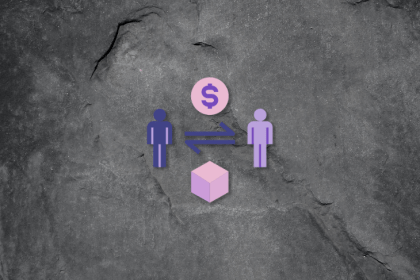
How you charge your users is as crucial as what you charge for and how much you charge. Discovering the sweet spot is essential to building a healthy monetization model for your use cases.

A network diagram is a visual tool that allows you to evaluate your tasks and understand their relationship to one another.

Now more than ever, taking time to put the focus back on the employees and teams is essential in building up morale.

PRINCE2 is a product-focused project management methodology that concentrates on identifying, defining, and managing products.

Conversion funnel mapping is an effective method for identifying the strengths and weaknesses of your product. To truly unleash its potential, you need to adjust your funnel based on the insights you uncover along the way.

This past Wednesday, Meta released Threads, a Twitter-like service that allows the more than three billion Instagram users to sign up.

Without issue management, your organization will have a tough time mitigating risks — both big and small — as well as managing necessary changes.

A tiger team consists of a group of experts from various fields who collaborate together to solve a specific, pertinent, or prioritized problem.

The optimal pricing model is when the price increases or decreases corresponding to the value the user receives from the product.

In this guide, we’ll define what acceptance criteria are, how to write them effectively for your user stories, the role of acceptance criteria in agile methodologies, and more.

Digital experience monitoring is a tool that helps identify issues with the user experience and offers solutions.

BDD is a model where collaboration among the designers, builders, and testers is always at the forefront.